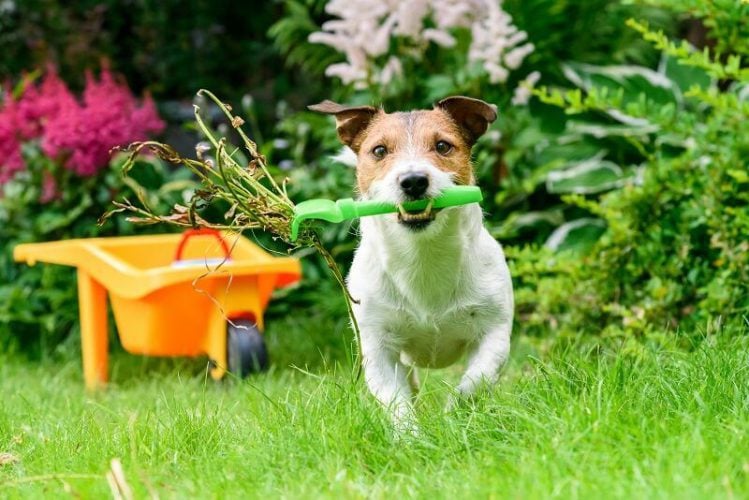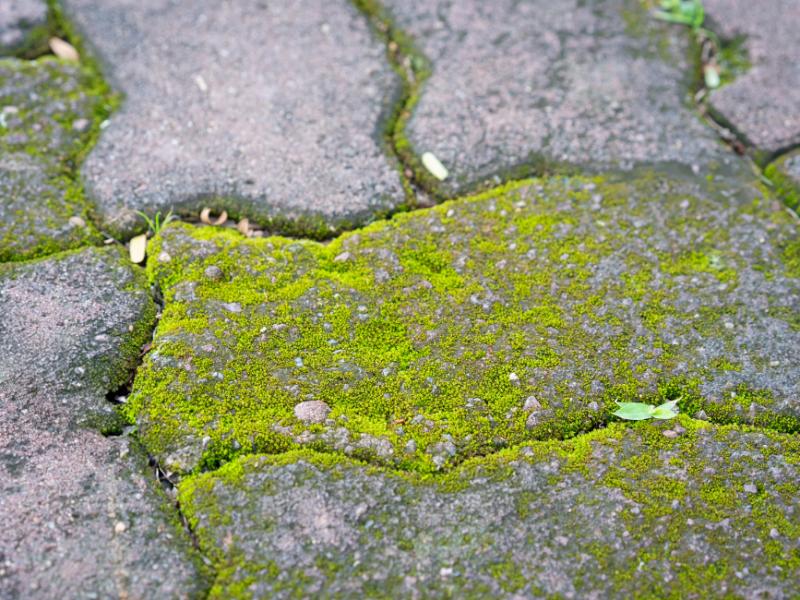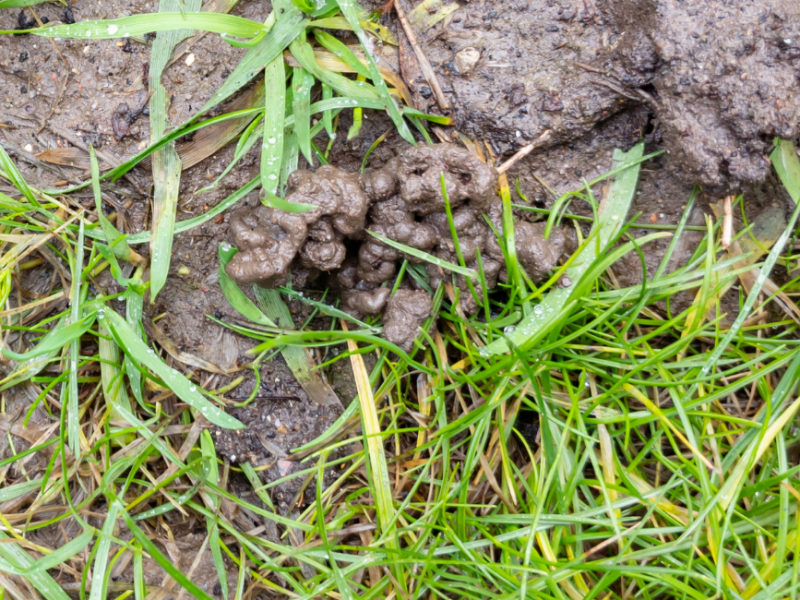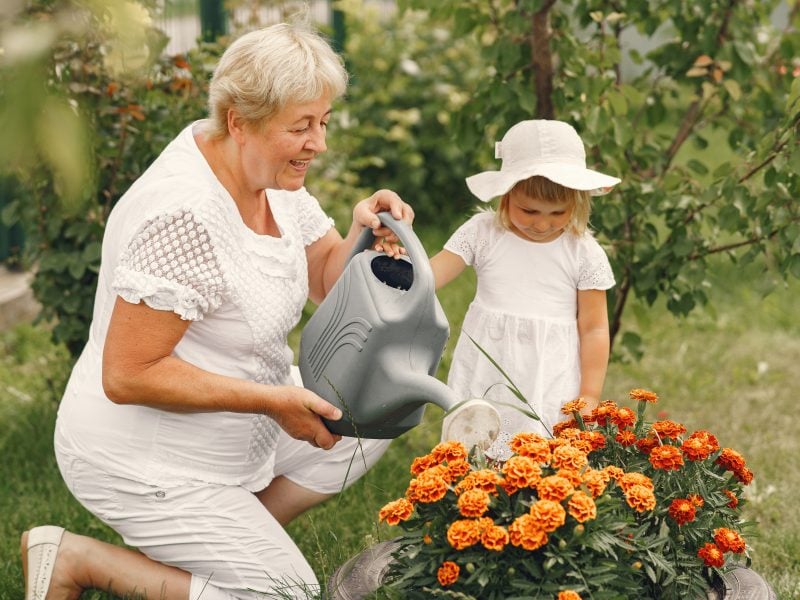While August weather can vary from beautiful sunshine to heavy rain, it’s the perfect month to get out into your garden. From caring for your lawn through to planting vegetables for the coming season, there’s plenty to be getting on with this summer!
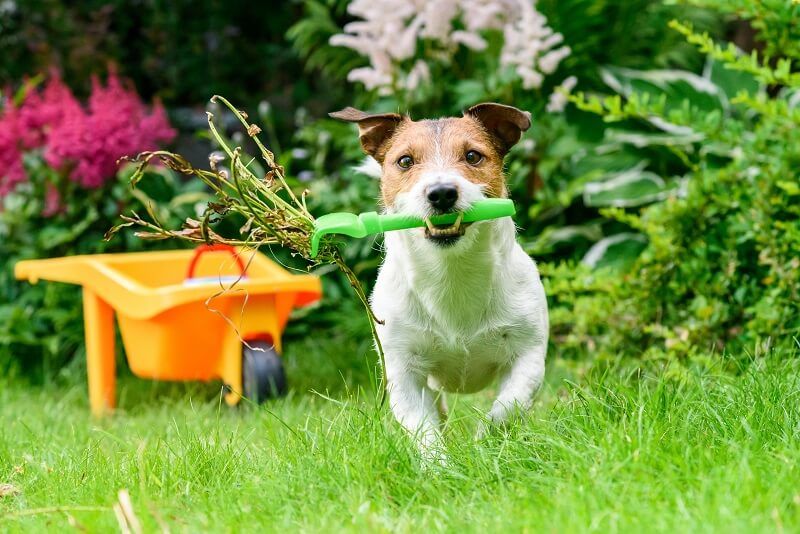
Lawn
Watering — When it’s been hot and dry, it’s vital that you keep your grass well watered. This prevents yellowing and drying out and therefore keeps it healthy. If your lawn becomes too dry it can lead to soil compaction, which means that the ground becomes less effective at absorbing water. It’s best to keep it hydrated!
Chafer Grubs — The summer and autumn months are the time to keep your eyes peeled for chafer grubs. These white larvae hatch in the soil beneath your grass and feed on the grass roots. Larger animals including birds, hedgehogs and foxes will often dig for chafer grubs, ruining your lawn! If you spot the signs, you’ll need to call in the experts.
Late Summer Treatment — August is a good time to fertilise and prepare your lawn for autumn. A late summer treatment from Greensleeves uses a specially designed fertiliser formula to boost your grass as the weather turns a bit cooler.
Mowing — Growth rate will be slower than at some times of year, so cut your grass a little higher than you otherwise might to ensure it can withstand the August weather conditions.
Flowers
Watering — Keep watering flower beds and potted plants to ensure they don’t dry out if it hasn’t rained recently. Pay particular attention to camellias and rhododendrons; watering them now will help them bloom beautifully next year.
Dead-heading — Remove the dead heads from perennials to help them bloom into the autumn months. Dead-heading lilies now will mean they flower better next year.
Dahlias — Support top-heavy dahlias by staking them or tying them to a trellis. This helps to protect them from damage during rain or wind.
Roses — Prune climbing roses once they have finished flowering.
Wisteria — Can also be pruned after it has flowered. To do this, cut all the side-shoots from the main branch framework to about 20cm from their base.
Clematis — Look out for ‘clematis wilt’, which includes black discoloration, and cut it off the plant. Dispose of it in your household waste.
Lavender — Trim lavender plants once they’ve finished flowering to keep them under control.
Fruits & Vegetables
Tomatoes — Keep feeding tomato plants and remove the leaves from the lower part of the plant to help air circulate and to prevent disease. Pinch out the tops of the plants to help concentrate growth into the fruit.
Sweetcorn — Corn plants need to be kept well-watered. They can also be fed with a tomato feed to get the best harvest. You know that it’s ready to harvest when you can pop a piece of corn with your thumbnail and the juice appears milky.
Pepper, Cucumber & Aubergine — Can all also be fed with tomato feed, or another high-potash fertiliser, once fruit starts to appear.
Aubergine — Pinch out the top of aubergine plants once they have 5-6 fruits growing. This helps to concentrate the growth on the fruits so you get a better harvest.
Runner beans — Pinch out the tops of runner bean plant when the reach the top of their supports. This encourages outward growth, which will mean more beans and at a reasonable picking height!
French and Runner Beans — Can be harvested around now too. Do this regularly to encourage continual growth and to prevent them from going to seed.
Carrots and Beetroot — Carrots and beetroot that were sown in spring can be harvested now, but you can also leave them to grow for a bit longer if you prefer!
Onions and Garlic — Can be lifted, once their leaves have yellowed and begun to flop. Dry them out well and then store them in onion bags to prevent rotting.
Courgettes — Need to be harvested frequently so they don’t become too big and turn into marrows.
Herbs — Cut back herbs now to encourage another round of tender leaves before the first frosts start. You can dry herbs or freeze them if you have too many.
Herb Seeds — Dill, chervil, fennel and caraway seeds can be collected on sunny days and dried out for replanting. Chervil needs to be planted straight away, but the others will keep.
Fruit Trees — Harvest fruit trees as the fruit ripens, including cherries, plums, peaches, nectarines and apricots. If you have early apple trees, you might be able to start harvesting towards the end of August.
Blackberries — Will be able to be harvested throughout August. They can be turned into jam or frozen to keep them for other times in the year.
Raspberries — Cut back canes that have fruited and been harvested and leave the new green canes so they will produce fruit next year. Tie in the plant to supports.
Other Jobs
Greenhouse — Dampen down your greenhouse on hot days to keep it humid and deter red spider mites. You can also install blinds to control light and heat levels to prevent it getting too hot.
Hedges — Give hedges a final trim before they stop growing when the weather gets colder.
Compost — Regularly turn your compost bins to encourage aerobic decomposition. This ensures you get rich compost.
Ponds — Scoop out weeds from your ponds and, if it’s been hot and dry, top them up with water from your waterbutt.

